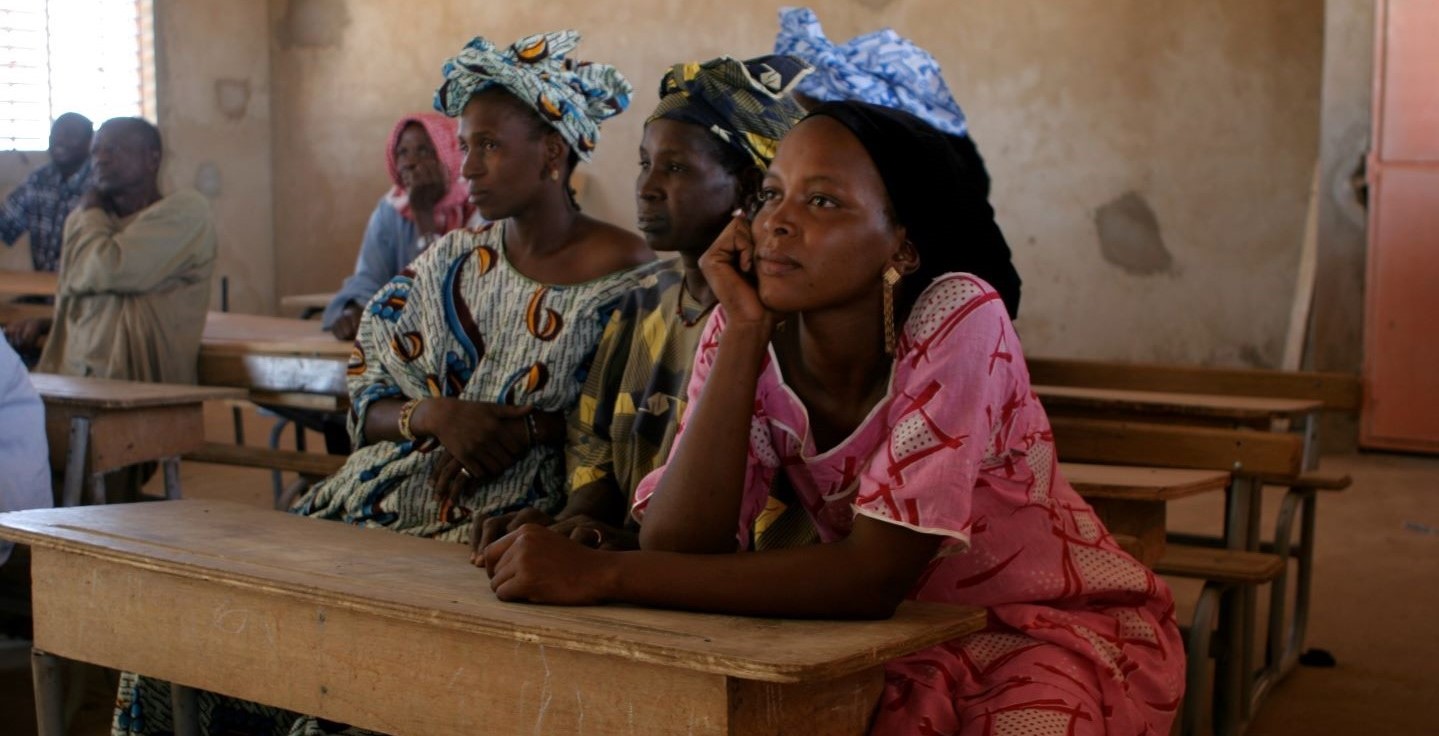Using evidence from IFAD’s Impact Assessments to inform the design of new projects
IFAD Asset Request Portlet
Asset Publisher
Using evidence from IFAD’s Impact Assessments to inform the design of new projects
Estimated reading time: 4 minutes
Enabling inclusive, equitable and sustainable rural transformation is a key part of IFAD’s vision and mandate. But to make sure we’re investing in what works and achieving maximum impact, our rural transformation initiatives require careful, evidence-based project planning and implementation.
By drawing lessons from our work across our four decades of experience in investing in rural areas, we can identify ways of achieving sustainable change. This is why IFAD conducts impact assessments of at least 15 per cent of all projects closing during each replenishment cycle. The findings feed into everything from project completion reports and strategies for the design of our future projects to policy dialogue.
Recently, we decided to take a big-picture view: we wanted to analyse the lessons learned from these assessments from different viewpoints and draw out broader insights.
To do this, we selected 17 impact assessments conducted between 2016 and 2018. We based our selection on criteria laid out in IFAD’s Development Effectiveness Framework, stratifying by region and accounting for each candidate project’s scalability and evaluability, as well as its respective country’s engagement with the work to be done.
We organized the selected projects into four areas/categories based on their defining characteristics: environmental protection, value chain development, community infrastructure development, and participatory development planning. We grouped the findings by project type and described the impacts and the mechanisms that worked or didn’t work in achieving results, and what could be improved.
We also analysed the projects’ theories of change – i.e., the defined steps taken to achieve project goals – and drew out suggestions on how we can put together more effective theories of change that achieve truly transformative impacts.
Our findings, released in our latest synthesis report, have implications for everyone who works in rural development – from those on the ground to the donors who make this work possible.
Lessons for the future
Achieving rural transformation entails working with small-scale producers to commercialize agricultural production. While this is easier said than done, especially in places that are highly vulnerable to climate change, the rewards can be great – if we plan carefully.
For example, a climate-resilience project in Bangladesh established climate-proof marketplaces and roads that help small-scale producers access markets year-round, even during the monsoons, when their presence has historically been limited or absent. This increased their incomes by 11 per cent.
In Chad, meanwhile, a food security improvement project established community cereal banks so that farmers could store food for the dry season and delay their sales to get a better price. Yet the project didn’t reflect activities designed to help these farmers increase their market participation, which would have led to even greater benefits.
This points to another important finding from our work. Rural transformation needs to embed a focused theory of change that describes exactly what we intend to do to achieve that transformation and identifies the assumptions underpinning that theory. In turn, project activities must be focused and interlinked.
One project in Nepal invested in value chains of high-value commodities: apple, ginger, off-season vegetables, turmeric, pepper and goat meat. With this tight focus, participants enjoyed a 50 per cent increase in annual incomes.
By contrast, a project in Brazil combined a number of diverse activities in support of a broad theory of change. While some interventions were extremely successful, larger-scale transformation was limited.
However, the Brazil project also provides a perfect example of how to achieve gender equality goals. It built women’s empowerment into its underlying logic, with metrics integrated into the theory of change. As a result, participating women reported a 10 per cent increase in self-efficacy, i.e., their belief in themselves and their abilities.
Rural transformation is only sustainable when communities and households become more resilient. Resilience must be built into the very logic of projects, empowering people to not only adapt to the vagaries of a changing climate and other shocks but also to have a “playbook” of strategies to turn to when strong and dramatic shocks occur. Otherwise, the benefits may be transient.
This is what happened when some areas of a coastal community-development project in Indonesia were hit by a storm, destroying the villages’ boats. Although the project had been successful in increasing fish stocks and raising incomes via food processing and other activities, the loss of the boats caused many fishers to leave the sector altogether. Meanwhile, a project in Ethiopia invested in small-scale irrigation, which helped farmers become more resilient and increased crop revenues in both wet and dry seasons.
We have found that, for a project to remain sustainable in the long term, it needs to incorporate technical training so that infrastructure is maintained even after the project support has ended. What’s more, successful projects need to be transparent and designed with an understanding of local contexts and cultural background.
Rural transformation in a changing world
For transformative changes to occur, we must transform how we approach the planning and monitoring of rural development projects.
Broadly, this means that projects should be designed with tailored theories of change. They should identify a set of focused and interlinked activities, set gender empowerment and resilience targets, and build in ways of maintaining impacts that last.
In this way, we can design initiatives that help address some of the biggest challenges the world faces today, from supporting small-scale producers in adapting to climate change, to integrating rural youth and women into value chains for inclusive, economically vibrant and sustainable rural landscapes.
Read the full report here.
Find out more about IFAD’s impact assessment process.
Publication date: 28 January 2022

